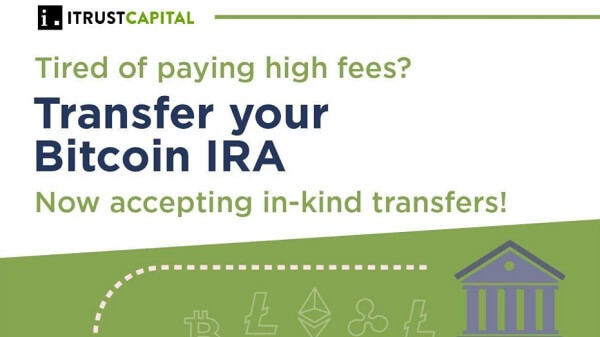
As the highly anticipated Bitcoin halving approaches, scheduled for April 20, 2024, the cryptocurrency community is abuzz with speculation about its potential impact on the market.
The halving, a pre-programmed event that reduces the rate at which new bitcoins are created by half, has historically been viewed as a bullish catalyst for long-term holders.
However, despite the excitement surrounding the event, some analysts are cautioning against expectations of significant volatility in the immediate aftermath of the halving.
TLDR
Bitcoin’s impending reward halving, though monumental, is unlikely to cause a significant volatility explosion, according to Amberdata’s Greg Magadini.
Options implied volatility has ticked higher in the run-up to the halving, suggesting increased price turbulence, but Magadini believes paying a volatility premium for a highly predictable outcome isn’t worth it.
The impact of Bitcoin’s reward halving on its native cryptocurrency and miners has been well documented, with the cryptocurrency historically producing stellar rallies in the 12-18 months following the halving.
The current cost of mining using Antminer S19 XPs will rise from $40,000 to $80,000 after the halving, and for miners to remain profitable, the BTC price must rise above $80,000 post-halving.
Historically, Bitcoin has experienced significant price increases following each halving, but it has also witnessed substantial crashes within a year after the halving,
Greg Magadini, director of derivatives at Amberdata, believes that the Bitcoin halving is unlikely to cause a substantial volatility explosion.
In a recent newsletter, Magadini stated,
“From a qualitative perspective, I continue to believe paying a volatility premium for a highly predictable outcome (the BTC halving) isn’t worth a volatility event premium.”
He argues that the impact of Bitcoin’s reward halving on its native cryptocurrency and miners has been well documented over the years, leaving little room for a surprising outcome.
Despite Magadini’s skepticism, options implied volatility has ticked higher in the run-up to the halving, suggesting increased price turbulence in the days surrounding the event.
However, he points out that recent major crypto events, such as Ethereum’s Dencun upgrade, Shanghai upgrade, and spot BTC listings, had disappointing implied volatility buyers when realized volatility failed to materialize by large margins.
While the halving may not lead to immediate volatility, its impact on mining costs and profitability is significant. According to data from CryptoQuant CEO Ki Young Ju, the current cost of mining using Antminer S19 XPs will rise from $40,000 to $80,000 after the halving.
#Bitcoin mining costs are set to double by the end of the month after the halving, jumping from $40K to $80K for S19 XPs, commonly utilized by US miners.
Chart by @clayop pic.twitter.com/iElf2i7Kok
— Ki Young Ju (@ki_young_ju) April 8, 2024
For miners to remain profitable and continue their operations, the BTC price must rise above $80,000 post-halving. Historically, BTC prices have seen multifold jumps following each halving, with the price increasing by 9,000% after the 2012 halving, 4,200% after the 2016 halving, and 683% after the 2020 halving.
However, it is crucial to note that while halvings are generally considered bullish for Bitcoin, historical data shows that BTC often experiences significant crashes within a year following each halving event.
These crashes have seen Bitcoin’s price drop by more than 80% on average. The first halving in 2012 led to an 85% drop in 2013, the second halving in 2016 saw an 84% decline in 2018, and the third halving in 2020 was followed by a 77% correction in 2022.
Profit-taking by investors and the “mining capitulation” phenomenon are believed to be among the factors contributing to these post-halving crashes. Despite these cyclical corrections, Bitcoin has consistently demonstrated its resilience and ability to recover from significant drawdowns.
As MicroStrategy founder and chairman Michael Saylor stated,
“If you’re going to invest in Bitcoin, a short time horizon is four years, a medium time horizon is ten years. The right time horizon is forever.”
As the fourth Bitcoin halving approaches, with the price having recently reclaimed $71,000, investors and enthusiasts eagerly anticipate the potential implications.
While history suggests a post-halving correction may be on the horizon next year, the circumstances today differ from any of the previous events that affected Bitcoin as an asset. With clearer regulations, substantial institutional investment, and a stronger network than ever, the cryptocurrency community remains hopeful for Bitcoin’s long-term prospects.





 Bitcoin
Bitcoin  Ethereum
Ethereum  Tether
Tether  XRP
XRP  Solana
Solana  USDC
USDC  TRON
TRON  Dogecoin
Dogecoin  Lido Staked Ether
Lido Staked Ether
Be the first to comment